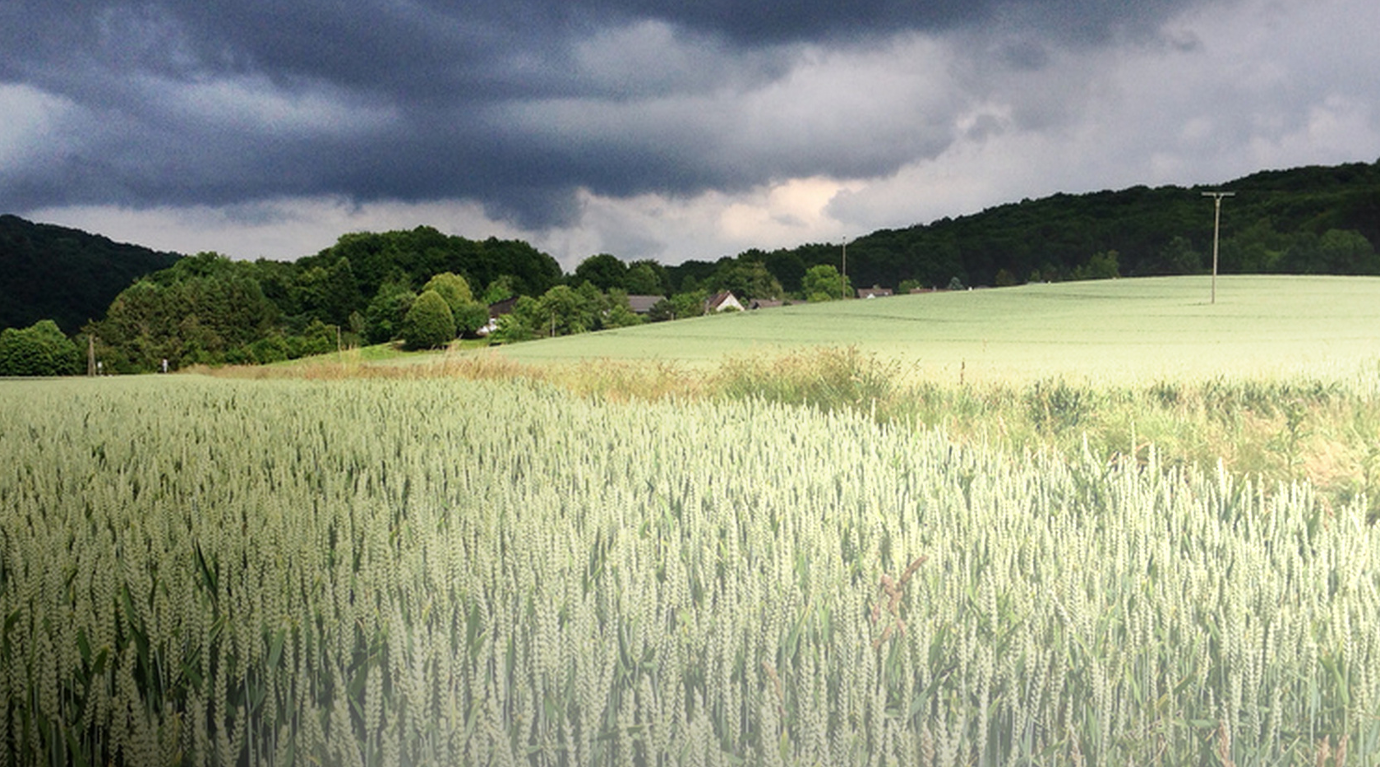This post will also be EGU Session ESSI3.1 Display D909 at EGU2020: Sharing Geoscience Online. We will participate in the chat on Monday, May 4th from 16:15 to 18:00 to discuss our approach and findings.

Automated Workflows for Creating EO Products
Earth Observation data has become available and obtainable in continuously increasing quality as well as spatial and temporal coverage. To deal with the massive amounts of data, the WaCoDiS project aims to develop an architecture that allows its automated processing. The project focuses on the development of innovative water management analytics services based on Earth Observation data such as provided by the Copernicus Sentinel missions.